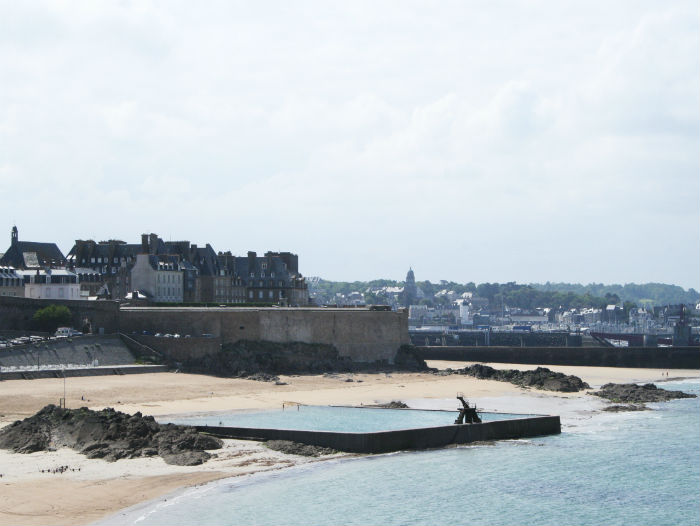
From November 1758, the city of Saint-Malo, the corsair city, and its neighboring villages, close to the estuary of the Rance River, played a major role in the welcoming of Acadian refugees in France.
Certainly, Acadian refugees, mostly from Isle Saint-Jean (present-day Prince Edward Island) have also landed in several other ports in the North Atlantic and the English Channel. But it is in Saint-Malo and in its surroundings that the nucleus group was formed, comprised of nearly 1,800 people in August 1773 representing about 70% of the number of Acadians supported by the government. However, at present there is no direct mention (plaque or monument) of the Acadians’ stay in the region, with the exception of a simple street name, which could easily go unnoticed. This “Rue des Acadiens” in Saint-Malo is like many others in a city that was almost completely rebuilt after World War II, with no trace of Acadian refugees. Let’s make an effort of memory and return to the early 1760s…
All together in Saint-Malo

After arriving in Saint-Malo, the Acadians were concentrated in the villages of Saint-Servan (now a district of Saint-Malo, two kilometres from the rue des Acadiens), Saint-Enogat (today Dinard ), Saint-Suliac and many other parishes close to Saint-Malo. In 1762, they were already more than 1,100 and a year later, they received about 375 more of Acadian compatriots in exile released from British ports where they were held. Their number continued to grow until the first departures towards Poitou, in August 1773. No doubt this great gathering was motivated by family reunions and the desire of the Acadian refugees to organize themselves in community to assert their interests. In 1774, however, this nucleus migrated as a whole to Poitou. Some families chose to stay in the area even though at times it took a combination of circumstances. The history of Quincoubre Castle, near Pleudihen, on the banks of the Rance, is eloquent in this respect…
In 1773, the lord of Quincoubre, René Bernard de Ponthaye, was a close friend of the family of Acadian Basile Boudrot, who lived in Pleudihen. He particularly appreciated the personality of Amant Boudrot, a son of Basil about 20 years old, and wanted to become his benefactor. When the Boudrot family left for Poitou and then Nantes, he redoubled his efforts to bring Amant back to his service and perfect his education. His patience was rewarded when, several years later, Basil accepted his offer and brought Amant back to Pleudihen. At his death in 1805, Ponthaye bequeathed by will to Amant Boudrot, who remained his faithful house master, his castle of Quincoubre and three quarters of his fortune. The Boudrot family kept its Pleudihen properties until they were sold in… 1883.